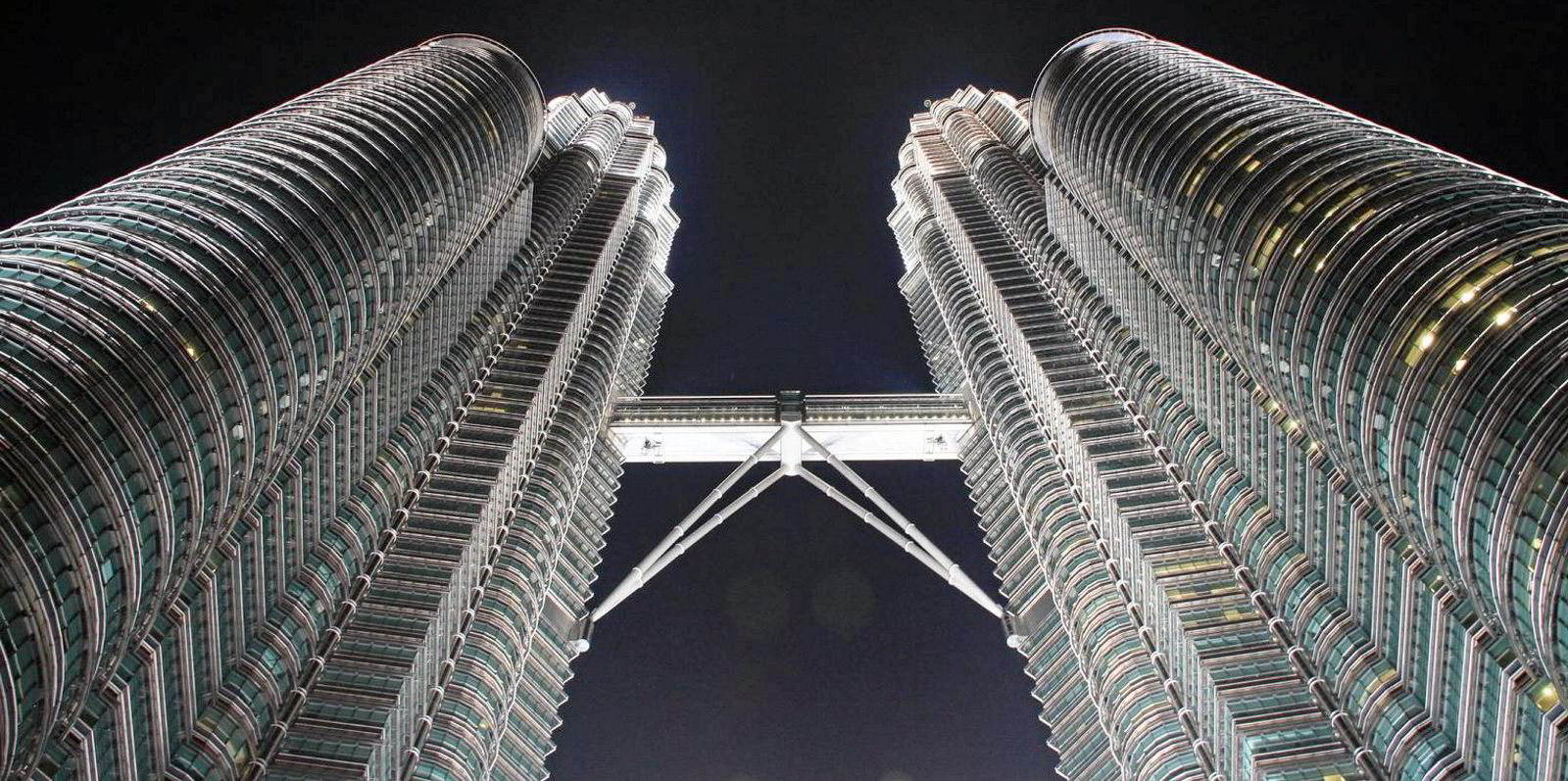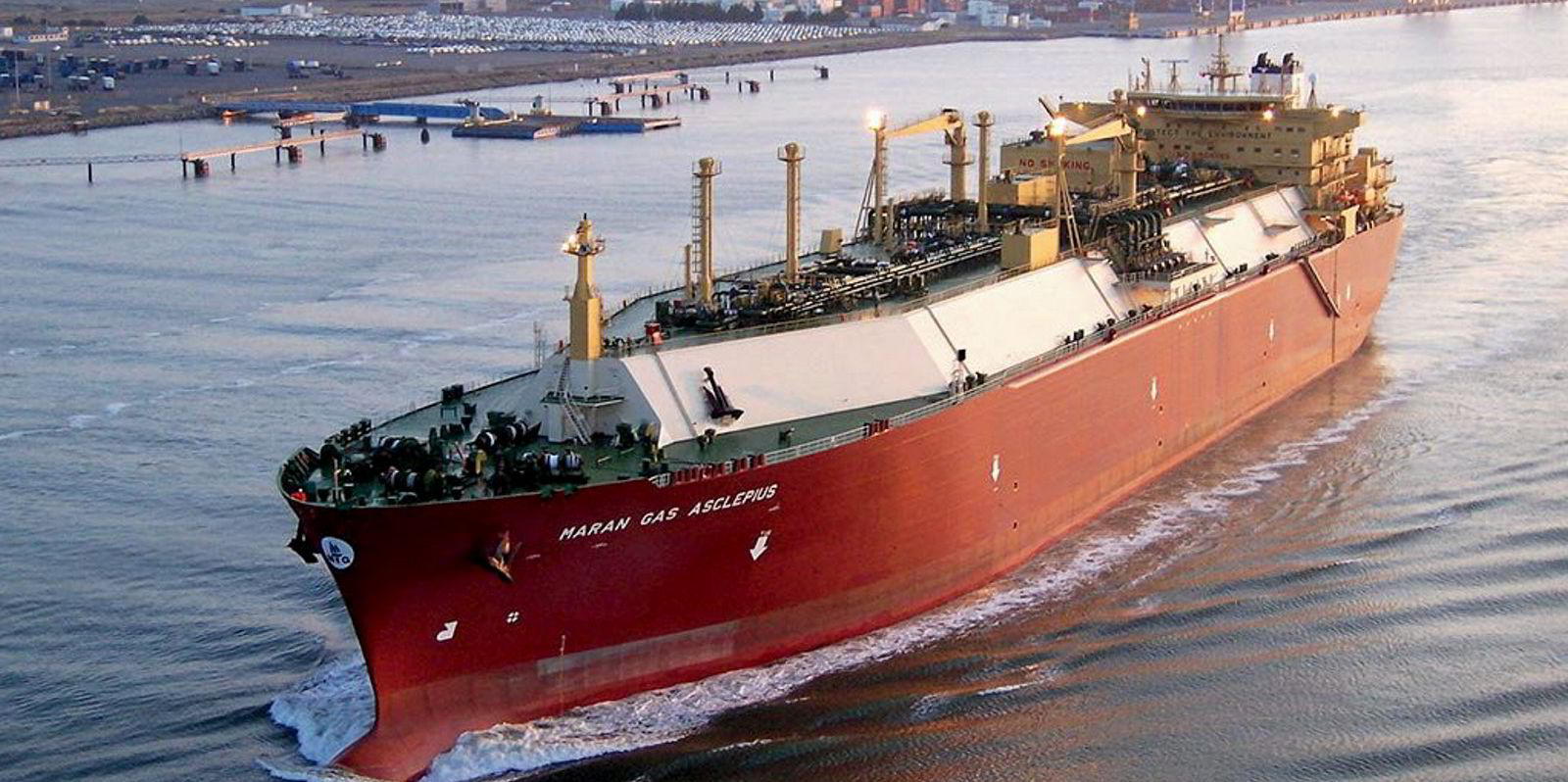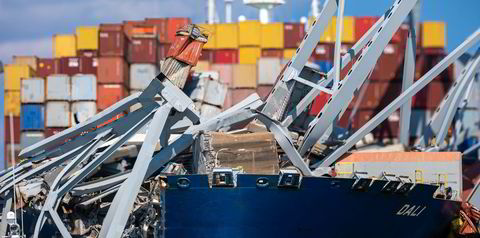Malaysian state energy company Petronas has approached the market for up to 15 LNG carrier newbuildings worth over $3bn as it looks to the vessels it needs for its LNG Canada volumes and fleet replacement requirements.
LNG industry players said Petronas is seeking nine firm LNG newbuilding slots and either four or six optional berths, depending on how shipyards want to quote on the business.
The company is understood to have gone out to shipyards amid indications that initial bids are being requested for December.
Shipowners are aware of the requirement but have not as yet been asked to quote on the business.
Mixed use
Those following the business said Petronas plans to use the new tonnage for its shipments from the under-construction LNG Canada project, in which it is a 25% shareholder, and for its fleet replacement needs.
While LNG newbuilding berths are currently at a premium, brokers intimated that Petronas would be able to find the space it requires.
Petronas has already made a call on shipyards in 2021.
In April, the company confirmed three newbuildings for the 14-million-tonne-per-annum LNG Canada project in British Columbia, adding a further trio in July.
Petronas inked time charters with South Korean shipowner Hyundai LNG Shipping for the six 174,000-cbm vessels to be built at Hyundai Heavy Industries.
The company said the ships, which deliver from the second quarter of 2024, will "primarily be used to lift cargoes from LNG Canada".
The $30bn, Shell-led liquefaction project is due onstream around the middle of this decade.
At the time of its first order, Petronas said the newbuilding trio expanded its global LNG fleet to 27 vessels.
In the past, the company's shipping subsidiary MISC has undertaken any LNG newbuilding contracting but for the 2021 orders, Petronas took charge.
New for old
The ships being requested in this latest tender are also required for fleet replacement, those familiar with the business said.
The vessels, which are held under MISC, include 10 steam turbine vessels — four aged between 25 and 27 years and six built in the early 2000s.
All these vessels have capacities of between 130,000 cbm and 137,000 cbm, which is much smaller than the 174,000-cbm, significantly more efficient newbuildings being delivered today.
LNG shipowners with steamships are increasingly looking at fleet replacement with the advent of the incoming Energy Efficiency Existing Ship Index and Carbon Intensity Indicator regulations on 1 January 2023.
There is an expectation that these will lead to the phase-out of these older vessels. But in the current red-hot market, some are earning over $200,000 per day.







